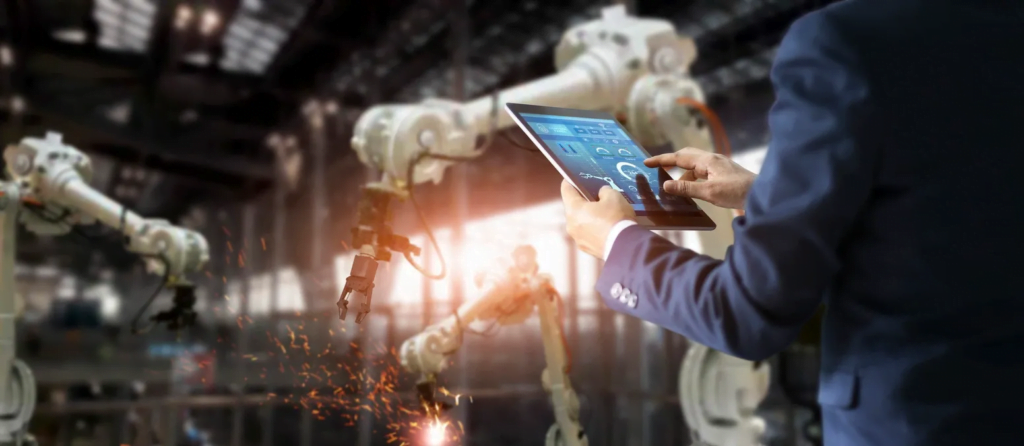
In today’s fast-paced and competitive business world, many companies are turning to automation to streamline their operations and increase efficiency. Automated engines, such as robots and artificial intelligence, are becoming increasingly popular in the workplace, allowing businesses to perform tasks quickly and accurately while reducing labor costs. In this article, we will explore the use of automated engines in today’s workplace, its benefits, and its impact on employees.
Automated engines can be used in a variety of industries, from manufacturing and assembly to data analysis and customer service. They can perform repetitive or hazardous tasks with high accuracy and speed, freeing up human workers to focus on more complex and creative work. For example, in manufacturing, robots can assemble products faster and more efficiently than humans, while in data analysis, artificial intelligence can quickly sift through large amounts of data to identify patterns and trends.
These new engines can also lead to significant cost savings for companies. They can operate 24/7 without the need for breaks or overtime pay, and can perform tasks at a much faster rate than human workers. Additionally, they can reduce the risk of errors and accidents, which can result in costly downtime and product recalls.
However, the increased use in the workplace has raised concerns about the displacement of human workers. While some jobs may be eliminated, automation can also create new job opportunities for workers with the necessary skills to operate and maintain automated systems. It is important for companies to invest in retraining and upskilling programs to ensure that workers are equipped with the skills needed to adapt to the changing job market.
There are also raises of ethical concerns, such as the potential loss of human touch and empathy in customer service interactions. While automated systems can handle simple queries and transactions, they cannot replace the personal touch and emotional connection that human workers can provide. Companies must find a balance between the use of automated systems and human workers to ensure that customers receive the best possible service.
Automation offers many benefits, including increased efficiency, cost savings, and reduced risk of errors and accidents. However, it is important for companies to consider the potential impact on employees and invest in training and upskilling programs to ensure that workers are equipped with the necessary skills to adapt to the changing job market. Companies must also find a balance between the use of automated systems and human workers to ensure that customers receive the best possible service.


